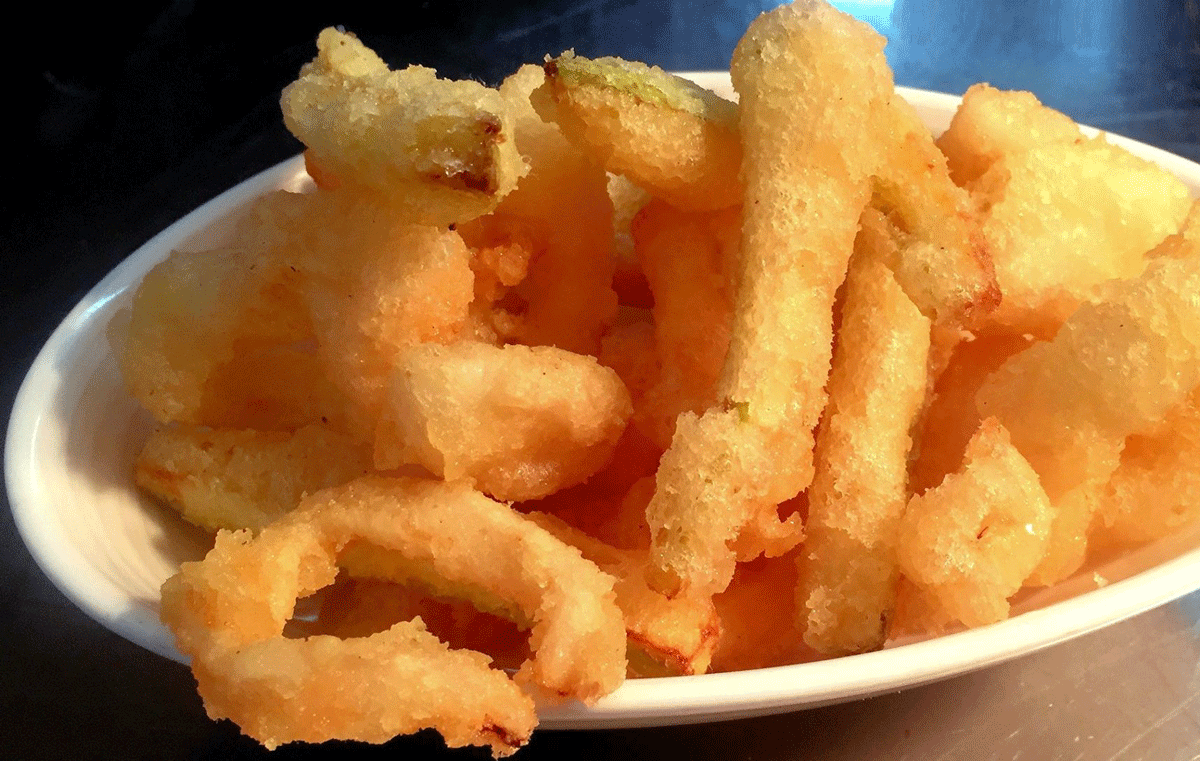Is Frying Really Bad for You? Experts Say Otherwise
In a surprising twist, doctors and experts are now challenging the widely spread belief that frying is bad for your health. While it’s commonly believed that frying leads to weight gain and liver damage, new evidence suggests that, if done properly, frying can actually be a part of a healthy diet.
Contrary to popular belief, frying does not necessarily make you fat. When food is fried properly, a crust forms on the surface, preventing the oil from penetrating. Additionally, using absorbent straw paper can eliminate excess oil. In fact, when it comes to absorbing fats, boiled potatoes have a stronger impact on fat accumulation than fried potatoes, despite having more calories.
Furthermore, frying does not increase cholesterol when a batter containing only water and flour is used. In fact, fried foods can even aid in the elimination of cholesterol by stimulating the production and secretion of bile. This process helps remove “fat-soluble” toxins from the body that can only be expelled through the bile.
Contrary to popular belief, frying is not harmful to the liver. Cooked oil provides a powerful stimulus to the liver, improving its performance over time, similar to how muscles become stronger with heavy loads. Additionally, fried foods give the liver the opportunity to eliminate toxins through the bile, which cannot be expelled through urine or sweat.
It is important to note that the type of oil used and the cooking method play a significant role in the potential toxicity of fried food. Extra virgin olive oil, the best oil for frying, contains antioxidants that counteract the formation of dangerous substances when cooked at high temperatures. Seed oils, however, are extracted using chemical solvents, resulting in lost antioxidants and damaged fatty acids.
Despite the misconceptions surrounding frying, it actually helps maintain the integrity of the food’s nutrients. Rapid cooking methods like frying do not alter the precious nutrients present in food and make them easily assimilated. For example, frying salmon preserves its delicate omega-3 fatty acids, while baking destroys them.
Frying also provides gratification when it comes to culinary enjoyment. When we eat something that is satisfying and flavorful, we are less likely to seek additional, less healthy options. Rather than consuming tasteless foods and later indulging in sweets and high-calorie snacks, enjoying the extra calories from frying can lead to greater satisfaction until the next meal.
To make fried foods more digestible, it is recommended to accompany them with raw vegetables and fruit at the beginning of the meal. Raw vegetables provide the liver with enzymes, vitamins, and antioxidants to help with the extra work. Consuming fried foods 1-2 times a week is generally acceptable for homemade fries, but fried foods from mass catering, cooked with seed oils for hours, should be avoided.
Experts advise following some golden rules when frying. Choosing an oil with a high smoke point, maintaining the right temperature, and ensuring food is dry before frying are essential. Adding salt should be avoided in the batter or breading, as it draws water and ruins the formation of a crust.
In conclusion, frying, if done properly, can be a part of a healthy diet. It is important to understand the impact of oil type and cooking methods on the potential health benefits or risks of fried food. So, the next time you crave some delicious fried food, you can enjoy it guilt-free, knowing that it can be a part of a balanced and nutritious diet.
